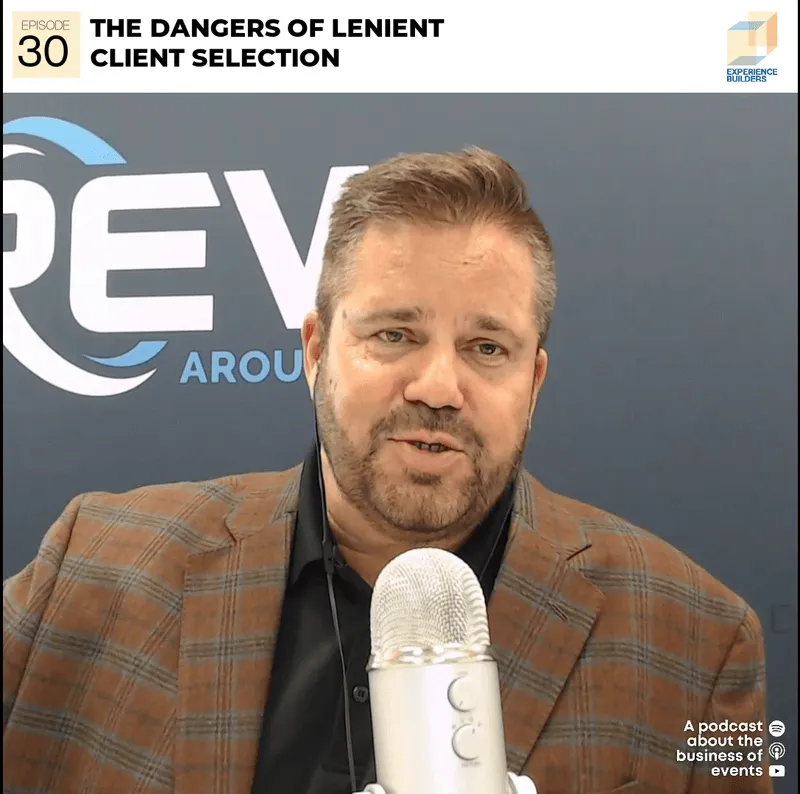 For exhibitors and attendees, lead management is often an irritating exercise on and off the show floor. Exhibiting companies grumble about the unqualified leads given to sales people and attendees regularly complain about poor follow-up from the booths they visit.
For exhibitors and attendees, lead management is often an irritating exercise on and off the show floor. Exhibiting companies grumble about the unqualified leads given to sales people and attendees regularly complain about poor follow-up from the booths they visit.
Show management is usually the vendor in the middle, as they contract with the provider of a proprietary lead management service for all the exhibitors at the show. Of course, attendees can go at it alone and revert back to the fish bowl method of collecting business cards, but in today’s hi-tech world, most exhibitors choose the proprietary system.
Even so, the problem of qualifying good leads and having a consistent follow-up strategy requires more than just some software and a barcode scanner.
“I’m seeing more and more exhibitors seriously looking for solutions to finding some way to measure and prove the cost-effectiveness of tradeshows,” said Richard Erschik, a 30-year veteran of the tradeshow lead management industry. “Dumping leads into an expensive customer relationship management system, or throwing them over the fence to the sales department faster so nothing can be done with them sooner, is no longer effective.”
Erschik will be presenting his Lead Follow-Up WTF? (What’s the Formula) course for the 17th year at EXHIBITOR2012 in March.
“Statistics show that less than 20 percent of tradeshow leads get followed up on, so more than 80 percent of the exhibitors’ sales opportunities are falling through the cracks because of the way they process their leads,” said Erschik. “The problem, as I see it, is that there are no long-term exhibit managers working at companies anymore. And the people that have the tradeshow responsibility todayhave not been doing things wrong long enough to learn what doesn’t work.”
Because of the difficulty exhibitors and attendees have connecting during and after the show, the exhibition industry has tried to play matchmaker. A number of tradeshow companies continue to develop proprietary lead management systems with more functionality and flexibility.
For example, lead scanners have made it all the way down to the smartphone so exhibitors can gather prospects at any time at any place.
Experient, an event resource company that provides proprietary lead management solutions to show organizers, unveiled its smartphone scanner, SWAP, more than a year ago at IAEE EXPO! EXPO!
“Of all Experient’s lead retrieval products, SWAP has the most innovative features since exhibitors can have hundreds of personnel out collecting leads at the same time,” said Harby Tran, director of marketing for Experient. “Exhibitors are no longer tied to the booth.”
As for the question of qualifying those leads, Experient reports that over the course of a year, only 24 percent of exhibitors used custom qualification as part of their lead strategy.
“That number should be much higher,” said Tran. “It is very important to qualify leads properly at the event. It is an exhibitor’s one chance to get the right answers while a prospect is standing in front of them.”

But qualifying leads during the event does take some prep work.
Convention Data Services (CDS), a provider of registration, database management and exhibitor lead retrieval services, is always trying to educate its clients on properly qualifying leads.
“The key is taking the time prior to the show to set-up the qualifiers to be specific to their company,” said David Lawton, executive vice president of sales and marketing for CDS. “The biggest benefit to better qualifying questions is a more efficient follow-up process post-show.”
Efficient follow-up would be music to the attendees’ ears since exhibitors are racing the clock when it comes to lead management.
Erik Salo, account executive for In4med, a data management and lead retrieval system provider, believes exhibitors let way too many leads go cold.
“Any memorable experience taken away from the show floor by an attendee has a shelf life,” said Salo. “The follow-up needs to be an extension of the booth experience and give the attendee a feeling of importance and worth. Too long of a lapse in time or too little information during follow-up removes an attendee from the event experience.”
On the exhibitor side of the lead follow-up equation, some companies still seem to be lost in the woods.
“Exhibiting companies often have multiple people in their booth: executives, salespeople, operational people, etc.,” said Tran. “They focus on having good conversations with each attendee, which often ends up in a card swipe. But after the event, everyone goes back to his or her normal job. Simply identifying who is responsible for follow-up marketing, email campaigns or phone calls can jump start the process.”
The exhibit industry has been aware of these holes in the lead management process for a long time.
“We believe the primary reason is the lack of communication between the staff that works the booth at the show and the sales staff back in the office,” said Lawton. “We encourage exhibitors to get individuals who are responsible for the post-show follow-up process involved during the show.”
Erschik takes the argument a few steps forward, believing that sales people are the victims of poor lead management and not the culprits. He says that lead follow-up is virtually impossible for sales people in some companies.
“Marketing and sales departments are requiring the accurate reporting of what is being accomplished at an industry event more than ever before,” said Salo. “If an exhibitor cannot report on what was accomplished at a show, then justifying any marketing or event budget becomes increasingly difficult.”
 At this point, lead management seems so important to the tradeshow industry that it can’t be left to the exhibitor alone.
At this point, lead management seems so important to the tradeshow industry that it can’t be left to the exhibitor alone.
“Probably the most innovative solution that we offer attendees is a booth report of every exhibitor they visited at the event, assuming they were scanned as a lead,” said Tran. “It puts the power of follow-up back in the hands of the attendee.”
Lead management companies are also developing immediate follow-up services that don’t require the exhibitor to lift a finger. Some of these tools can send a message to an attendee the minute they step out of the booth
“Our newest portable solutions have built in follow-up,” said Lawton. “Exhibitors are able to send an automatic, pre-formatted thank you email to attendees after they have visited the booth.”
At its core, lead follow-up is all about creating a relationship with a possible client, but it can also give the attendee a feeling of accomplishment about going to the conference.
“We allow exhibitors to customize pertinent information to the exact audience they are interacting with, which helps create a memorable experience in a quantifiable way,” said Salo. “Ultimately, we are able to eliminate the time it takes to follow-up and to ensure that the follow-up includes meaningful information.”
In the end, every tradeshow needs good follow-up on the part of exhibitors because it strengthens the industry for all its stakeholders.
“It is critical,” said Tran. “The right lead management system and strategy can make or break an exhibitor’s investment in a show. One of the only tangible items an exhibitor walks away with is a lead database.”































